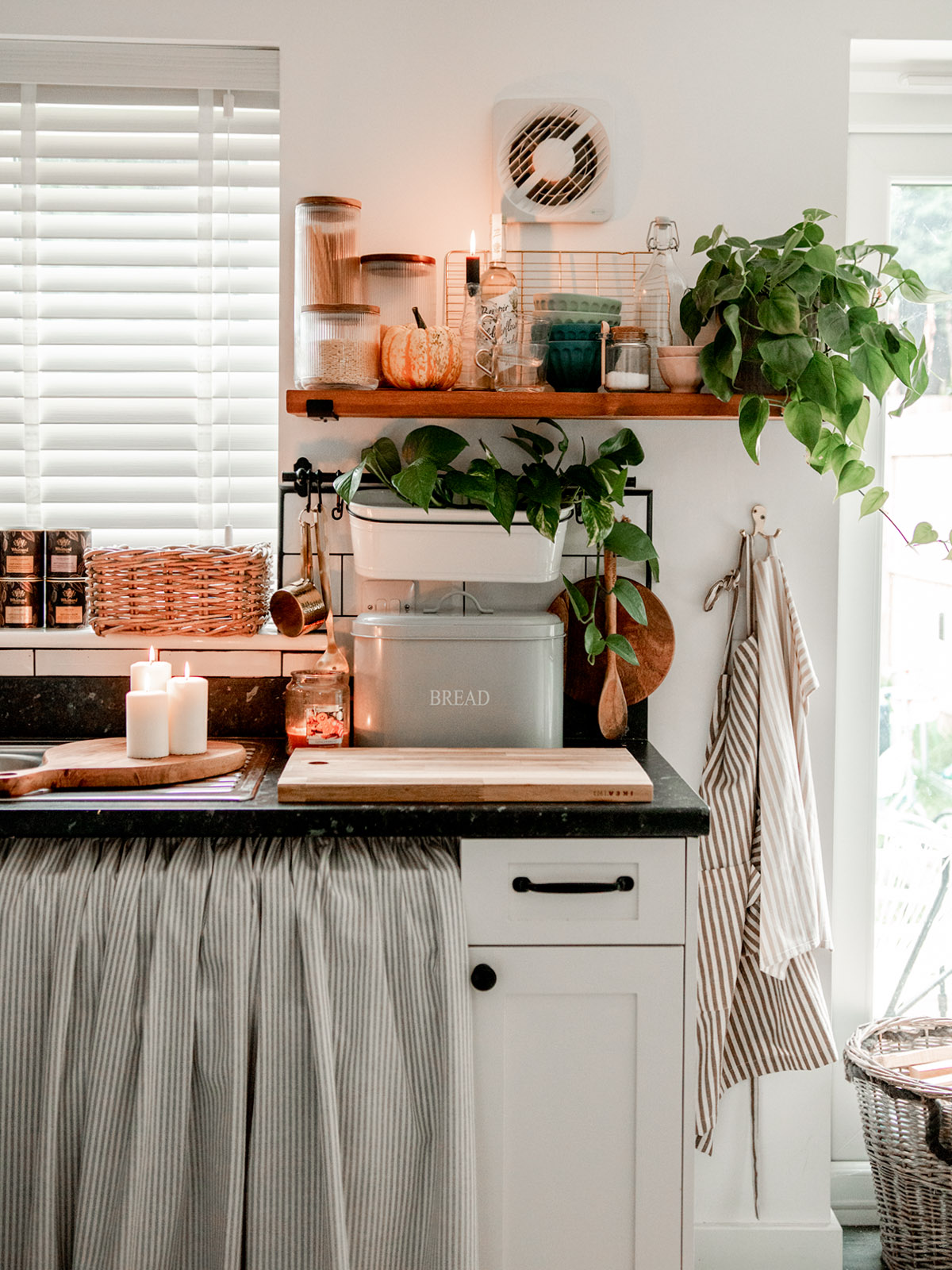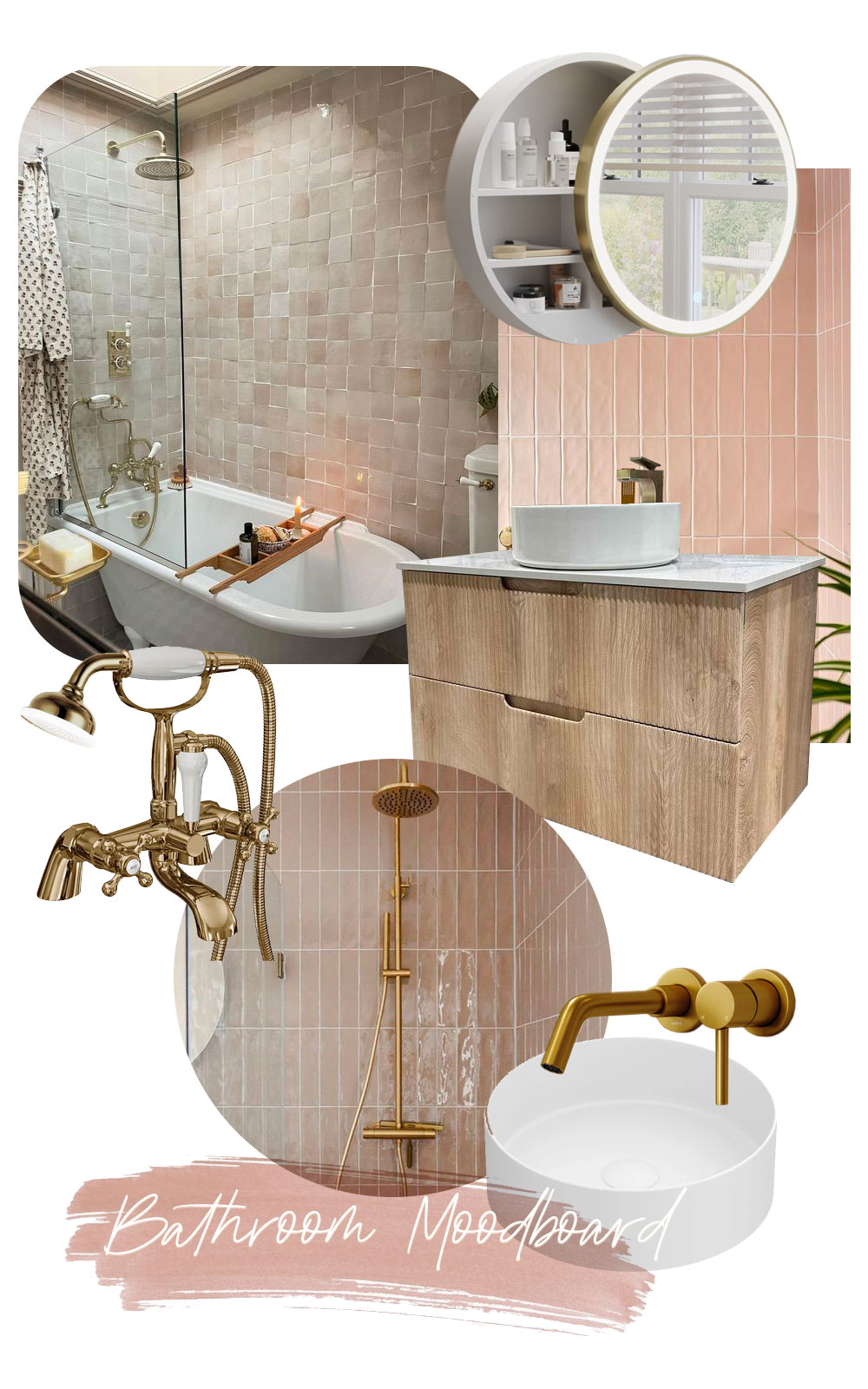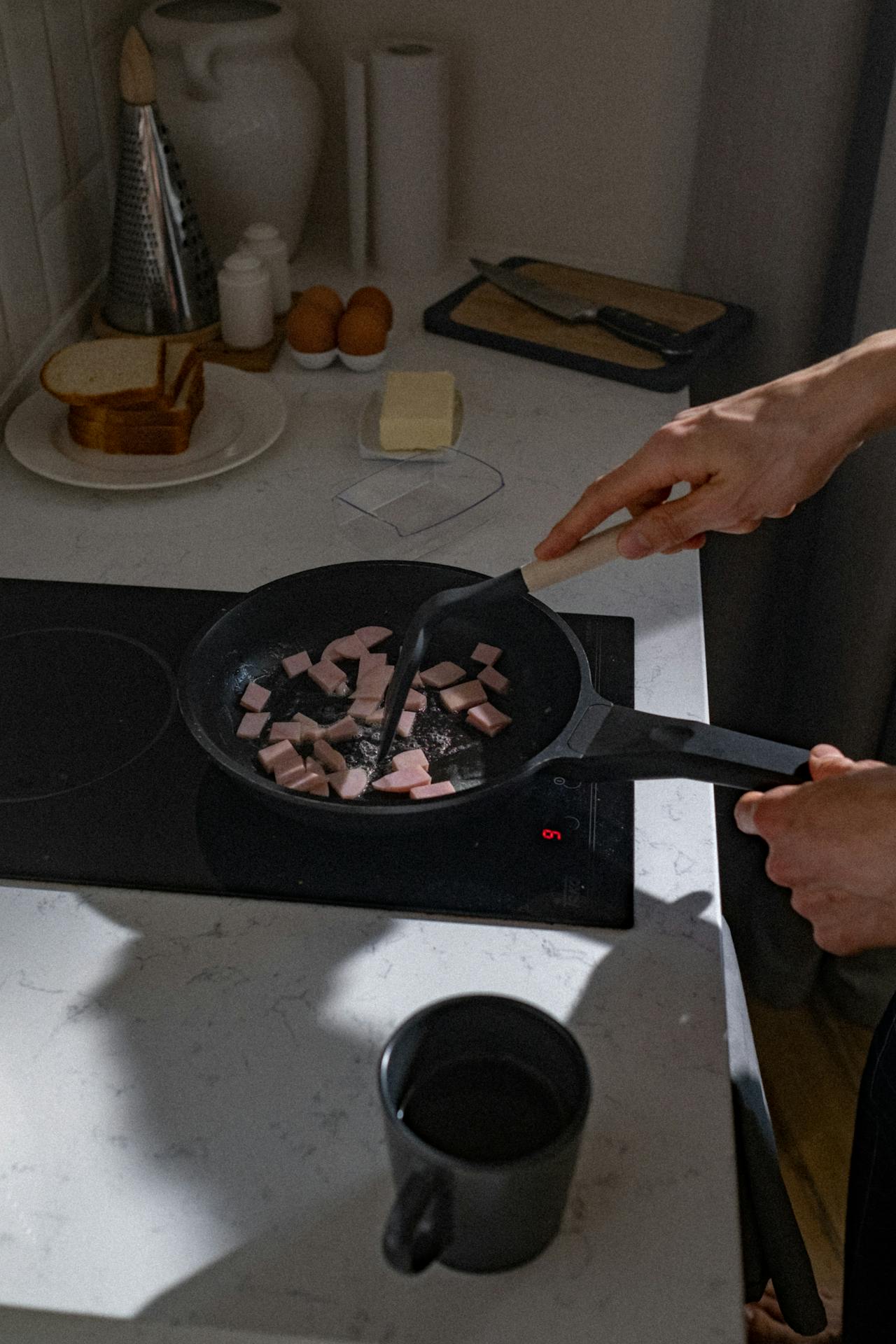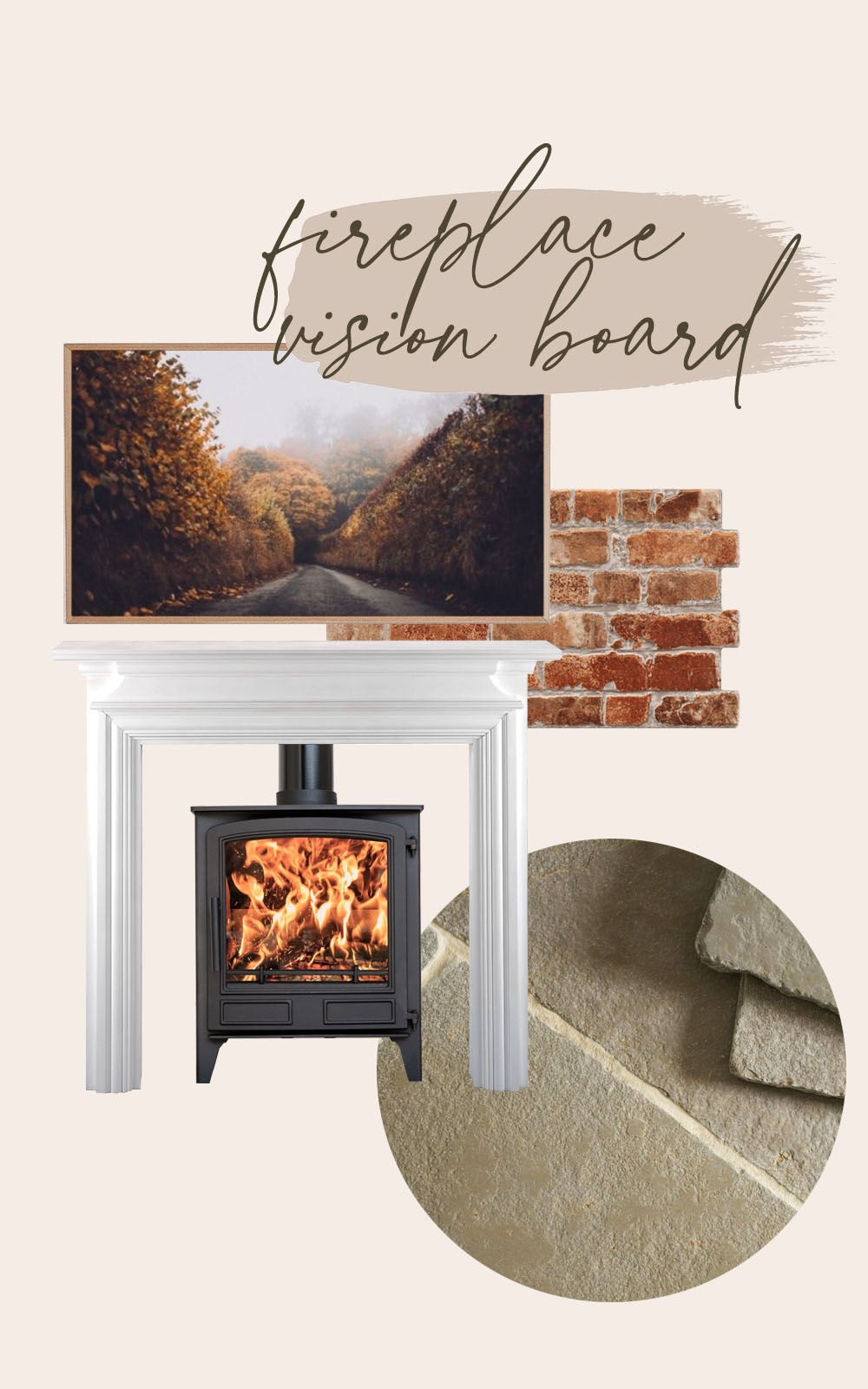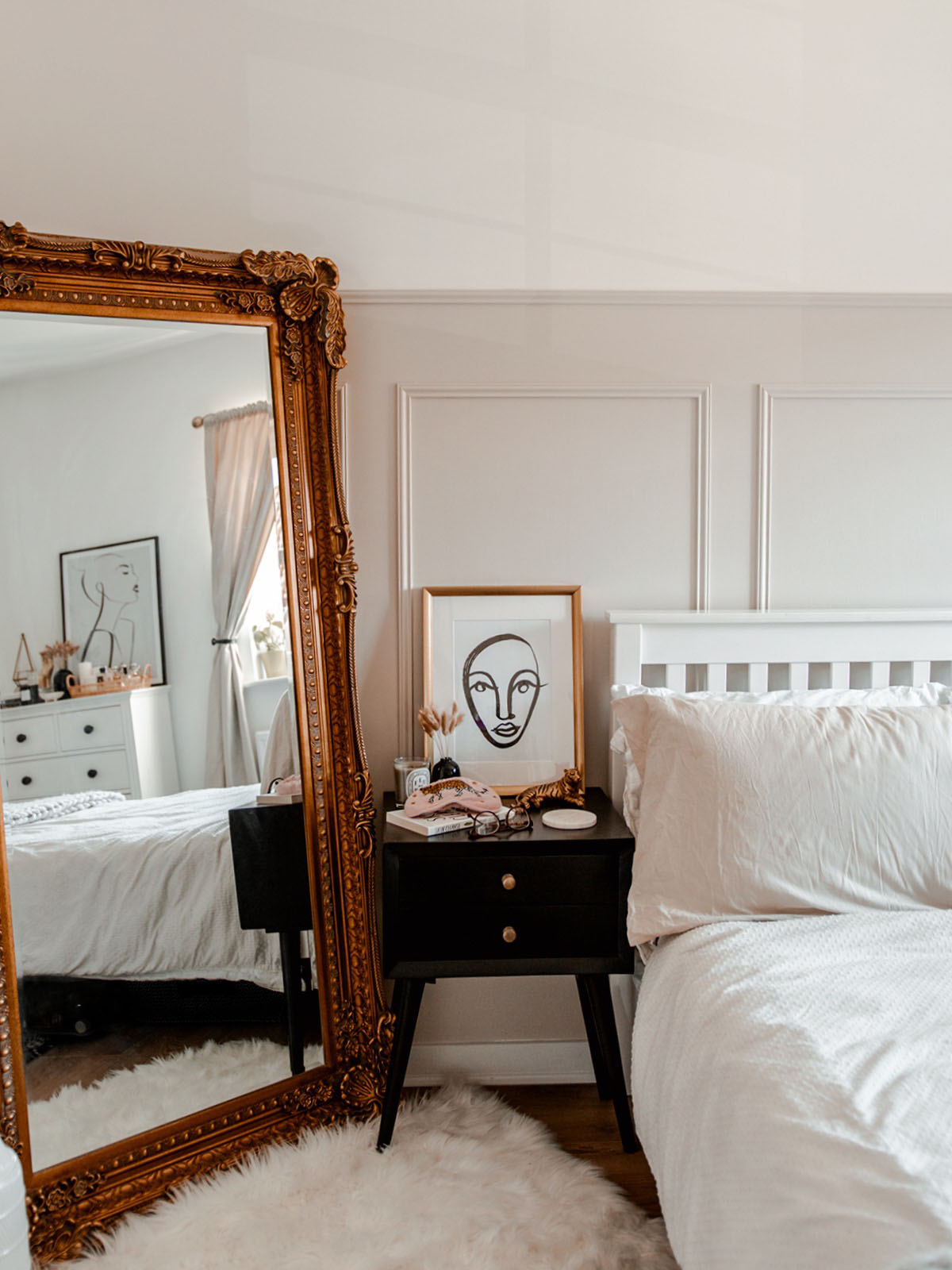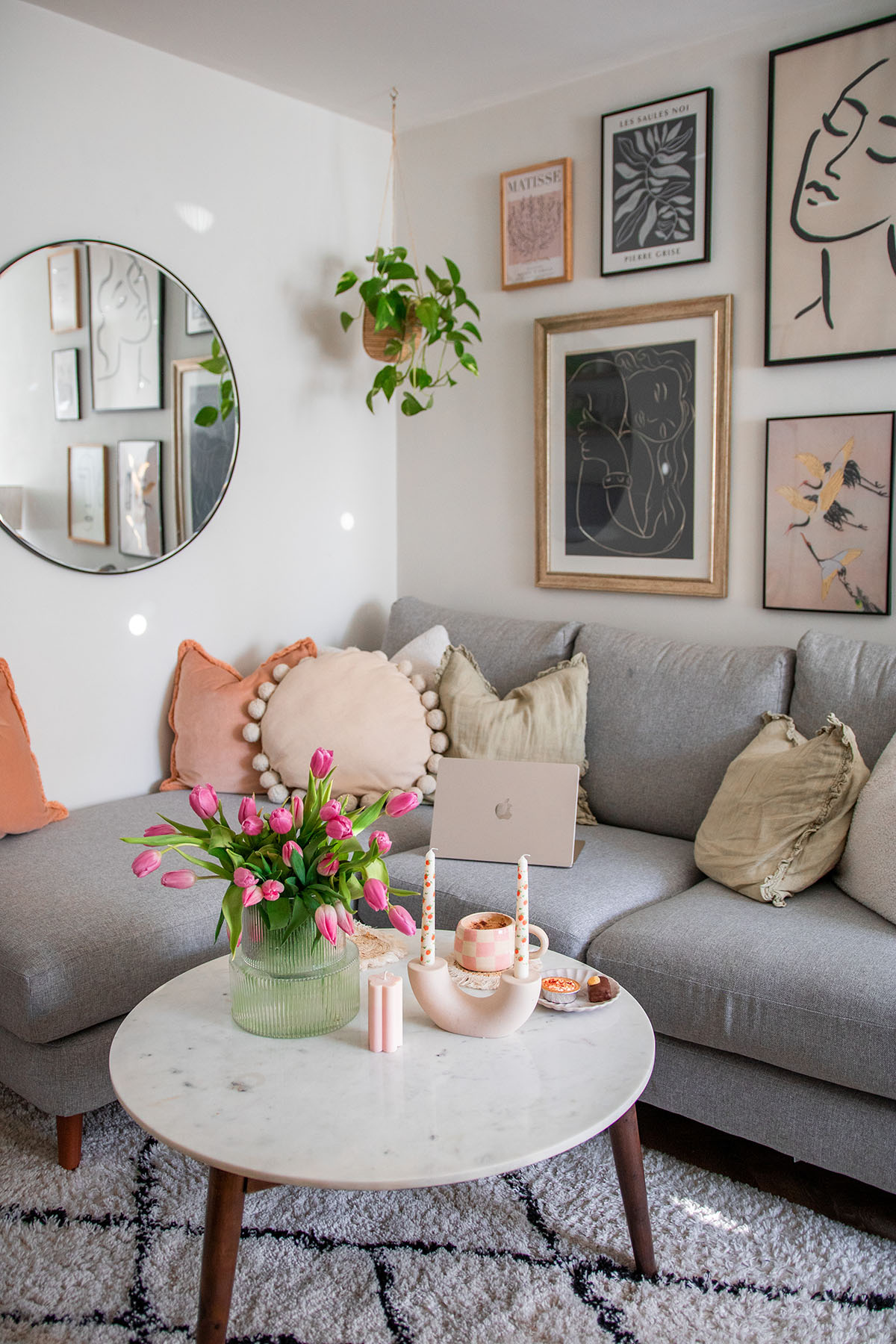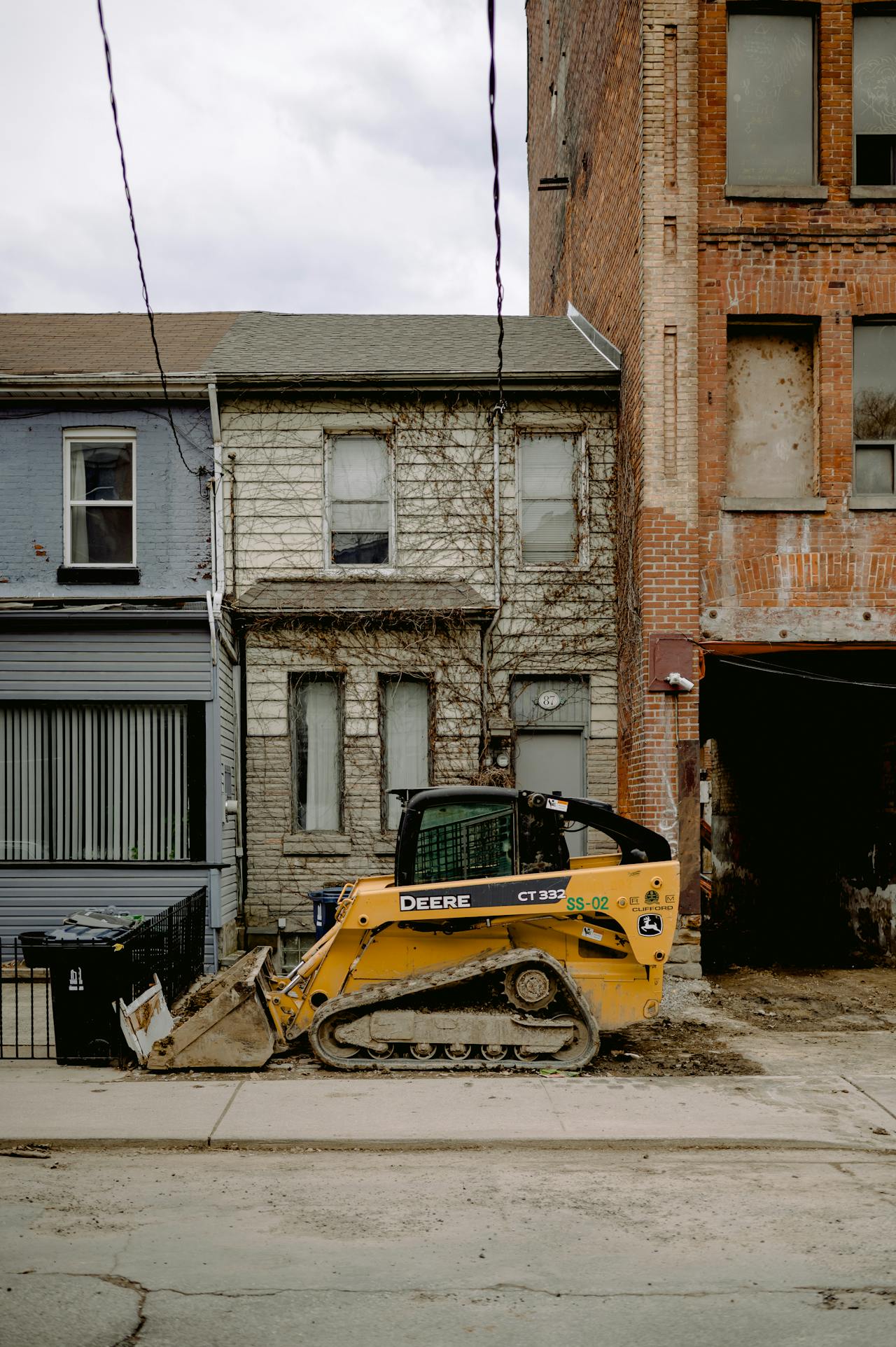
Building A Home: Thinking Beyond the Present
Are you building a home? Homes are thought to be built as sanctuaries for the present moment, but they also will be the background for the decades to follow. All the choices that go into the process will impact how the home will perform, accommodate, and last for years to come. Long-term investment is not simply a matter of flair or convenience for the moment but rather establishing foundations that will hold strong for generations.
Selecting the Right Spot
The journey towards a home that stands the test of time often begins with location. Beyond the views and lifestyle appeal, the best sites offer access to schools, medical services, and community facilities that continue to matter as life evolves. Safe surroundings, reliable infrastructure, and resilience against extreme weather make the difference between short-lived convenience and genuine long-term security.
Prioritising Sustainable Materials
Ageing houses gracefully are constructed with materials that are built to last and endure. Recycled timber, stone, and quality brick not only reduce environmental impact but also add warmth and personality that matures with age. Energy-saving insulation and glazing also ensure the space becomes comfortable all year round with reduced bills. Thoughtful decisions at this point mean no need for costly renovations down the line and maintaining the home robust and attractive long after.
Flexible and Functional Design
Spaces designed with flexibility in mind remain useful as lifestyles change. A floor plan that adapts easily to different needs—whether accommodating a growing family, creating a quiet workspace, or simplifying life in later years—provides long-term peace of mind. Experienced custom builders can guide this process, offering designs that balance individuality with functionality. With adaptability built in, the home evolves alongside those who live in it.
Embracing Energy Efficiencies
Long-term value also comes from efficiency. Solar panels, smart thermostats, and water-saving fixtures reduce household costs while helping the environment. The inclusion of renewable technologies and modern systems makes a home more sustainable and more attractive to future buyers. Energy-conscious design also creates a more comfortable daily experience, allowing the house to feel like a place of both security and modern living.
Planning for Accessibilities
Proactive homes look ahead to how needs will change over the course of lifetime stages. Step-free entrances, broader passages, and usability-enabled bathrooms make the property accessible for all. Such design demonstrates the same consideration found in centers offering respite care, offering environments where independence and comfort will coexist irrespective of the situation.
Protecting the Investment
A sound foundation will long continue to perform with appropriate maintenance. Selecting finishes with low-maintenance needs, attending to the plumbing and roof before problems grow serious, and designing gardens using low-maintenance indigenous plants all help to maintain both aesthetic appeal and value. These regimens help to keep the home reliable and inviting for generations, becoming not just living space but an actual long-term investment.
Conclusion
Long-term houses are not just about walls and ceilings; they are also about providing longevity, comfort, and flexibility for the many transformations that life brings. By thinking long-term through the lens of sustainability, flexibility, access, and maintenance when designing or building the home, the property appreciates financially and emotionally over the long term. A home designed thoughtfully doesn’t merely last but becomes part of the flow of life, substantively aiding each chapter.

